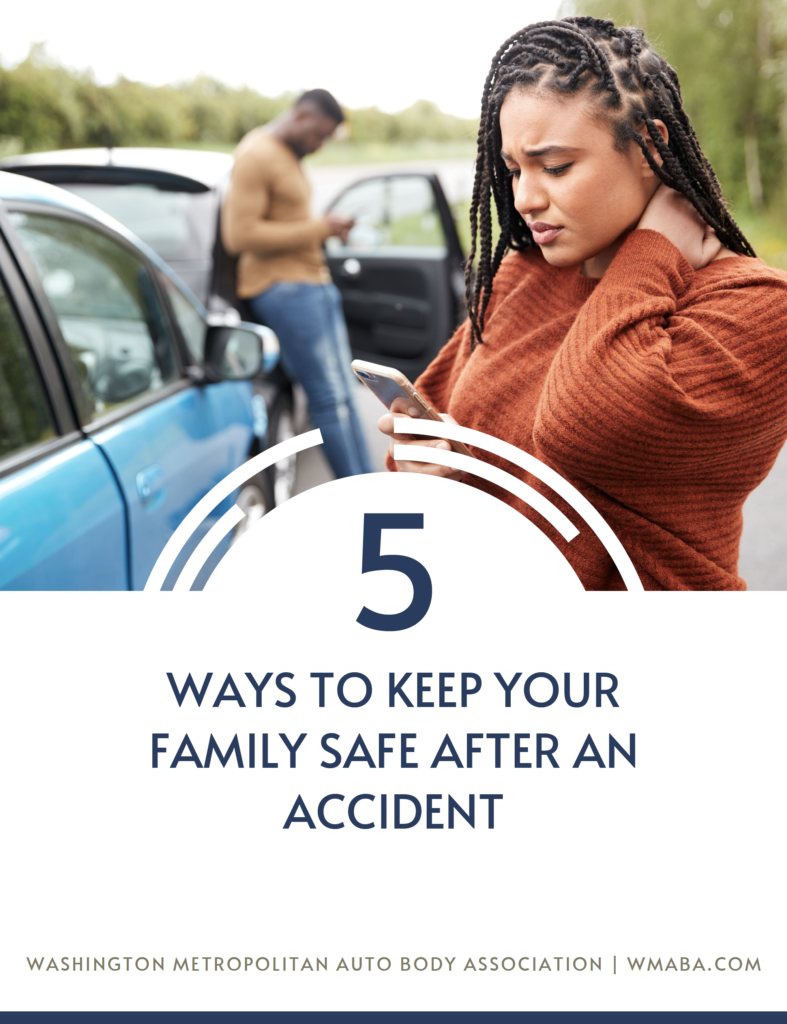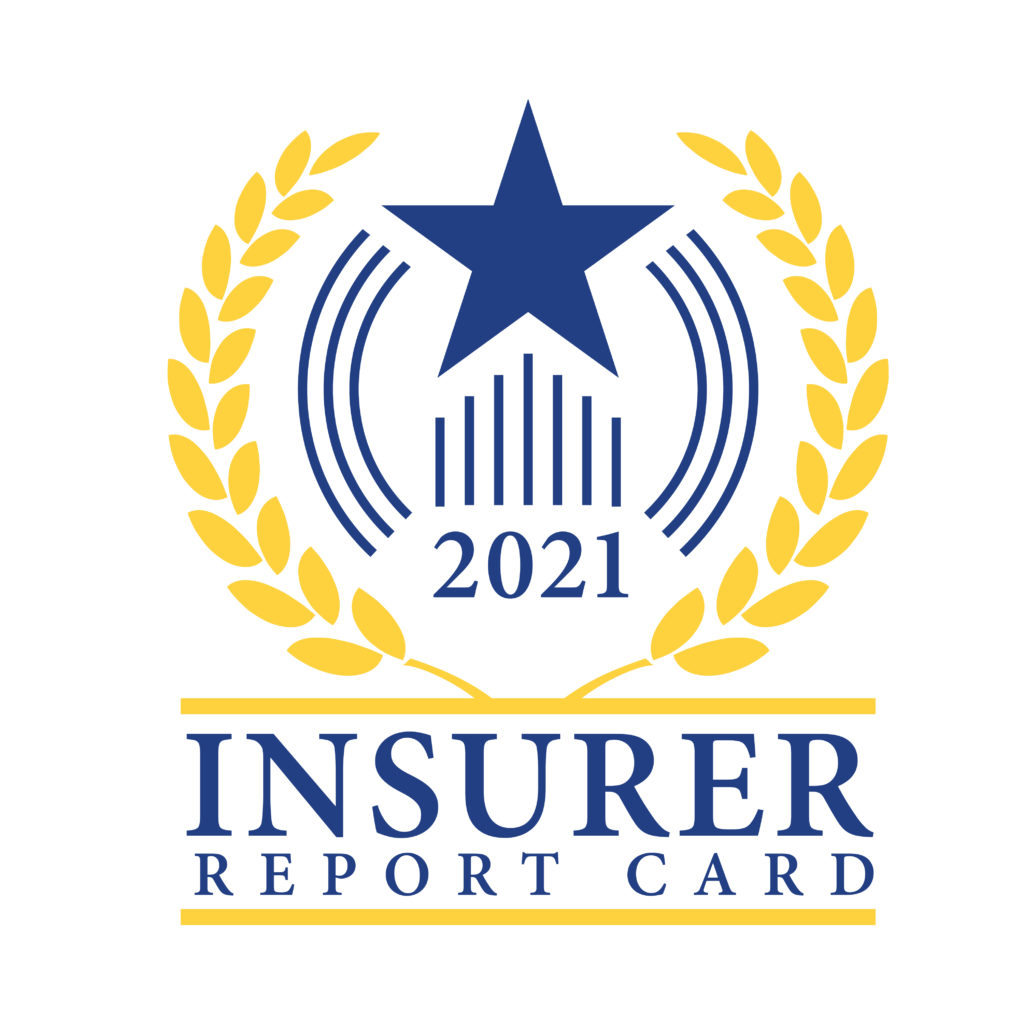
WMABA consumer guide latest addition to ‘library’ of education tools
By onAnnouncements | Associations | Education
The Washington Metropolitan Auto Body Association (WMABA) pulls no punches in its recently published guide to assist consumers through their collision repair experience.
“Insurance adjusters are not vehicle repair experts,” one of the WMABA five tips to consumers state. “It can be a frustrating process, but be willing to take the time and energy to fight for a SAFE repair on your vehicle according to OEM documented repair procedures.”
The document is perhaps the latest tool in a growing library of tools designed to educate and assist consumers as they choose a body shop or auto insurer, decide how they want to have their vehicle repaired, and navigate the claims process.
Here’s a round-up of some of the tools collision repairers may want to share with their customers.
 Disparities between shops, insurers
Disparities between shops, insurers
Jordan Hendler, executive director of the WMABA, said the association saw a need for the consumer guide as the complexity of vehicle technology and the repair process have increased.
“Consumers are facing disparities in what the repairer and insurance company is telling them is correct for their car, Hendler said. “We see this guide as a way to empower consumers to ask questions for themselves.”
In addition to urging consumers to press for OEM procedures to be followed, the other “Five Ways to Keep Your Family Safe After an Accident” include tips on choosing a shop, reading the estimate carefully, and taking action if there are concerns with the process.
“There are companies and shops who do post-repair inspections,” the guide states. “If an insurer doesn’t abide by policy language or pushes unsafe repairs, file a complaint with your state Department of Insurance.”
“Consumers are already stressed following an accident and dealing with a world they have never even thought about can be overwhelming,” Steven Krieps, the president of WMABA, said. “We wanted to help them through the process in a way that keeps the safety of their families at the forefront.”
Shops’ perspectives on insurance companies
Even before consumers choose a shop or push for quality repairs, they have to choose an auto insurer. They can find out what collision repairers think about different insurance company options by checking out the annual “Insurer Report Card” produced annually by CRASH Network.
The “Insurer Report Card” presents a letter grade for more than 70 insurance carriers based on shops’ experience with how well each company’s claims practices help ensure quality repairs and customer service.
Shops or consumers can download the free “2021 Insurer Report Card,” which was released back in February, from the CRASH Network website (www.CrashNetwork.com/irc). Shops will next have the opportunity to grade the two dozen largest auto insurers in their particular state later this fall.
This summer, Forbes Advisor, which offers independent information to consumers about financial decisions, began incorporating “Insurer Report Card” grades into its own auto insurance ratings, given its readers more insights based on the perspective of collision repairers.
“Consumers can’t be experts in how well their auto insurance companies handle collision repairs, yet claims like these reflect a company’s customer service at crucial times,” Amy Danise, chief insurance analyst for Forbes Advisor, said. “Forbes Advisor is pleased to be able to use insight from [shops] to help consumers make good insurance decisions.”
 Other associations offer tools
Other associations offer tools
The Alliance of Automotive Service Professionals of Minnesota is another shop association offering drivers guidance with collision repair. Its “Consumer Tips” webpage includes a shop locator, along with answers to common consumer questions.
The site includes links to documents about consumer rights following an accident, an insurer steering complaint form, and a short-pay complaint letter.
On the topic of consumer complaints, the Auto Body Association of Texas (ABAT) is a year into seeking to making it easier for drivers to notify the Texas Department of Insurance (TDI) and state lawmakers about their insurer-related concerns.
ABAT created a form with a checklist consumers can use to report instances of steering, a refusal to allow the driver to invoke their right of appraisal, or a lack of proper indemnification.
Jill Tuggle, ABAT executive director, said lawmakers and regulators often say they hear from body shops about their concerns, but less often directly from consumers facing challenges. That’s what promoted the association’s effort to educate drivers and assist them in making their concerns known.
As of mid-August, ABAT has gathered more than 450 complaints from consumers around the state, Tuggle told Repairer-Driven News.
Texas shops can get information about the project, along with tools to help consumers register their complaints, at the association’s website.
The Alliance of Automotive Service Professionals of New Jersey has long offered an even simpler way to help consumers get help and answers related to vehicle repair or insurance issues: a telephone hotline.
“We can assist our members and their customers with everything from technical questions related to the settlement of auto property damage claims to who can assist them with environmental or legal issues,” Charlie Bryant, executive director of the association, said. “The hotline is open to AASP-NJ members and their customers all day, every day.”
The Alliance of Automotive Service Professionals of New Jersey website includes a number of videos about issues consumers can face in the claims and repair process.
“We have also been doing a series of hour-long radio talk show ‘appearances,’” Lucky Papageorg, executive director of the association, said. “We bring information on the various aspects and issues vehicle owners as well as collision repairers should be aware of. The shows are recorded and also made available on the website.”
A episode this month, for example, helped explain the difference between first-party and third-party claims.
Help from the automakers
Automakers that participate in the “OEM Collision Repair Roundtable” have also developed an extensive collection of consumer education tools at its “CrashRepairInfo” website. There, consumers can find links to automaker position statements related to collision repair, descriptions of the different types of parts available, tips on what to look for when picking up their repaired vehicle and more.
Many of the automakers on the site also include a link to their specific collision repair website for consumers. Looking for that classic Honda video showing the effect even a small change in airbag timing can have on a watermelon? Use the link from CrashRepairInfo to find it or other manufacturer-specific consumer content.
More Information:
WMABA guide
https://wmaba.com/consumer-information/
CRASH Network ‘Report Card’: Body shops grade auto insurers’ claims behavior
https://www.repairerdrivennews.com/2021/02/16/crash-network-report-card-body-shops-grade-auto-insurers-claims-behavior-during-pandemic-year/
Forbes Advisor Best Car Insurance Companies
https://www.forbes.com/advisor/car-insurance/best-car-insurance-companies/
AASP-MN consumer tips
https://aaspmn.org/consumer-tips/
ABAT launches consumer complaint drive over Texas insurer behavior
https://www.repairerdrivennews.com/2020/08/19/abat-launches-consumer-complaint-drive-over-tex-insurer-behavior/
ABAT form
https://abat.us/legislative-action/
Collision Repair Info website:
https://www.crashrepairinfo.com/
Image: (iStock/Drazen Zigic)

